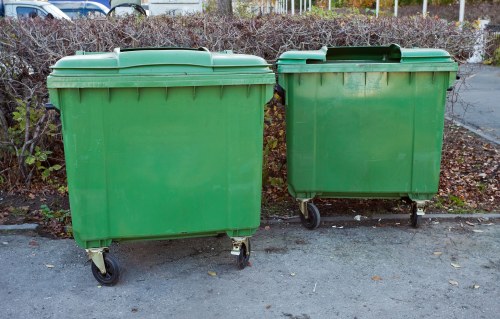Bills Waste: Understanding and Reducing Unnecessary Expenditures
 Managing bills waste is crucial for both individuals and businesses aiming to optimize their finances. Bills waste refers to the unnecessary or inefficient spending that can drain resources over time. By identifying and addressing these wasteful practices, one can achieve significant cost savings and improve overall financial health.
Managing bills waste is crucial for both individuals and businesses aiming to optimize their finances. Bills waste refers to the unnecessary or inefficient spending that can drain resources over time. By identifying and addressing these wasteful practices, one can achieve significant cost savings and improve overall financial health.
In today's fast-paced world, it's easy to overlook small expenses that add up over time. From subscription services you no longer use to energy bills that are higher than necessary, there are numerous areas where waste can occur. Understanding the different types of bills waste is the first step toward mitigating its impact.
 One common area of bills waste is energy consumption. Many households and businesses pay more than they need for electricity, heating, and cooling. Simple actions like switching to energy-efficient appliances, unplugging devices when not in use, and properly insulating buildings can lead to substantial savings.
One common area of bills waste is energy consumption. Many households and businesses pay more than they need for electricity, heating, and cooling. Simple actions like switching to energy-efficient appliances, unplugging devices when not in use, and properly insulating buildings can lead to substantial savings.
Another significant source of bills waste is inefficient spending on subscriptions and memberships. With the proliferation of streaming services, gym memberships, and software subscriptions, it's easy to accumulate services that you seldom use. Regularly reviewing and canceling unused subscriptions can free up resources and reduce unnecessary expenses.
Additionally, waste occurs in the form of overbuying or purchasing items that are not needed. This can range from groceries that expire before use to office supplies that go unused. Implementing better inventory management and purchasing practices can minimize this type of waste.
 Transportation expenses also contribute to bills waste, especially for businesses that rely heavily on logistics and delivery services. Optimizing routes, maintaining vehicles properly, and considering alternative transportation methods can help reduce these costs.
Transportation expenses also contribute to bills waste, especially for businesses that rely heavily on logistics and delivery services. Optimizing routes, maintaining vehicles properly, and considering alternative transportation methods can help reduce these costs.
 Technology plays a pivotal role in identifying and reducing bills waste. Utilizing budgeting tools and financial software can provide insights into spending patterns and highlight areas where waste is occurring. These tools can automate tracking and provide alerts for unusual spending, enabling proactive management of finances.
Technology plays a pivotal role in identifying and reducing bills waste. Utilizing budgeting tools and financial software can provide insights into spending patterns and highlight areas where waste is occurring. These tools can automate tracking and provide alerts for unusual spending, enabling proactive management of finances.
Moreover, adopting sustainable practices not only benefits the environment but also reduces costs in the long run. Practices like recycling, reducing paper usage, and minimizing waste production can lead to significant savings and improve a company's sustainability profile.
 Effective communication and employee engagement are essential in combating bills waste, especially within organizations. Educating employees about cost-saving measures and encouraging them to contribute ideas for reducing expenses can lead to innovative solutions and a culture of financial responsibility.
Effective communication and employee engagement are essential in combating bills waste, especially within organizations. Educating employees about cost-saving measures and encouraging them to contribute ideas for reducing expenses can lead to innovative solutions and a culture of financial responsibility.
Regular audits and reviews of expenses are necessary to maintain control over bills waste. By systematically examining financial statements and expense reports, it's possible to identify trends and areas where waste is becoming problematic. Addressing these issues promptly can prevent them from escalating.
Negotiating with service providers and suppliers can also lead to cost reductions. Many companies are willing to offer discounts or better terms to retain customers, especially if you can demonstrate a commitment to reducing expenses.
Implementing automation and streamlining processes can significantly reduce operational costs. By eliminating redundant tasks and leveraging technology to handle routine activities, businesses can free up resources and reduce bills waste.
In summary, bills waste is a pervasive issue that can have significant implications for both personal finances and business operations. By understanding the various forms of waste, implementing strategic measures, and fostering a culture of financial responsibility, it is possible to minimize unnecessary expenditures and achieve greater financial stability.







